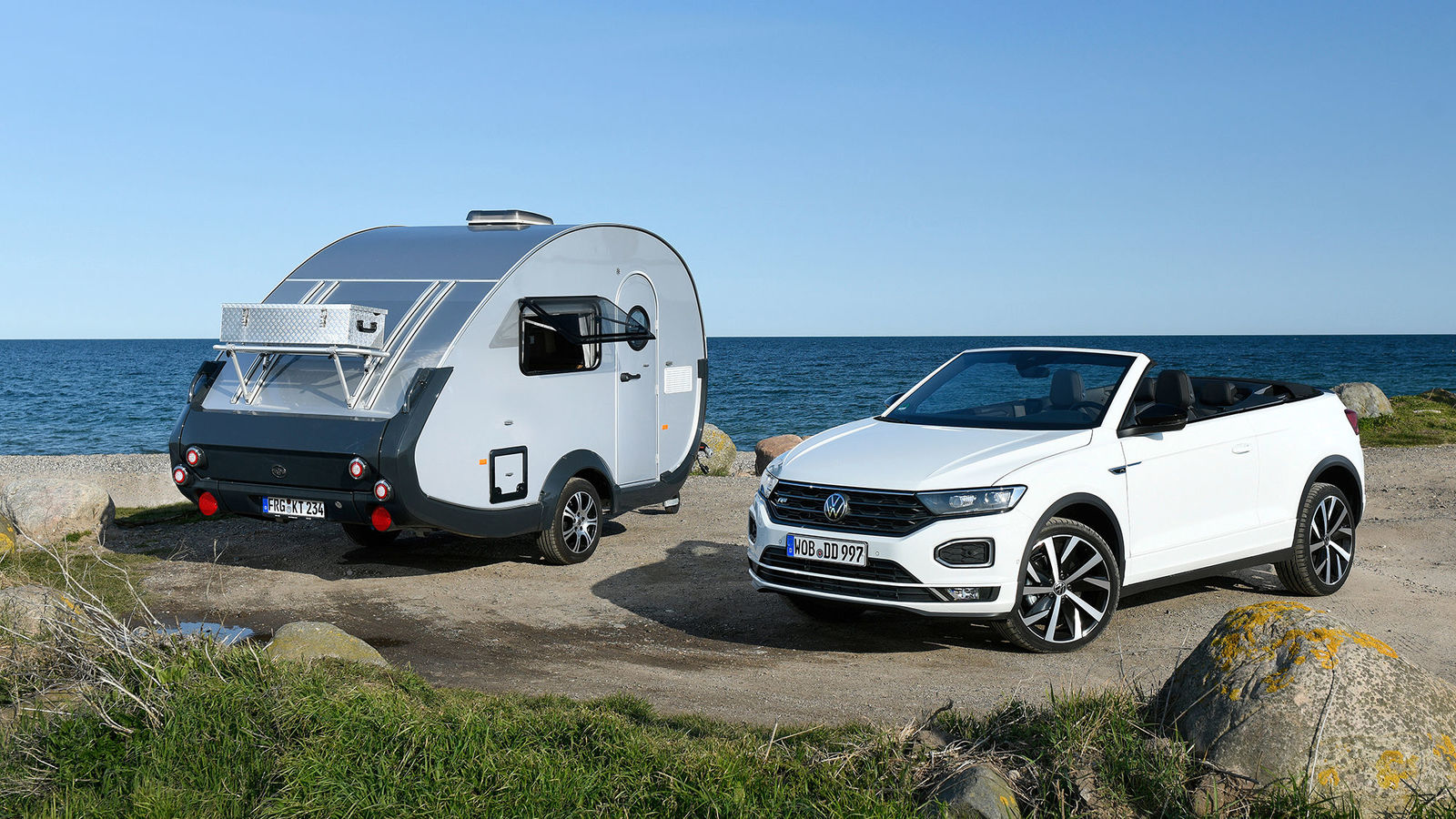Volkswagen R has been exciting its global community of fans with the Volkswagen brand’s most sporty and emotional models ever since.
Volkswagen R has just delivered its 250,000th R model to a customer in Zurich. The special customer, Flavio Zwahlen, bought the current Golf R, the most powerful and dynamic series Golf of all times. Equipped with 320 PS, four-wheel drive and R-Performance torque vectoring, the Golf R impresses customers with its driving dynamics and look. The jubilee model is actually Flavio Zwahlen’s second Golf R. “It is the perfect car for me thanks to its inconspicuous sportiness, first-class interior and incredible sound. With the help of the 4MOTION drive system, the Golf R is also ideal for the mountains.”
Peter Jost, the Head of Marketing and Sales for the Volkswagen R, said it was hardly a coincidence that the 250,000th R jubilee model was sold to a customer in Switzerland: “Switzerland is a very important market for Volkswagen R – also because of the country’s high affinity for performance and four-wheel drive. The R models are really popular here.” In addition to the Golf R32 and the other Golf R generations, Volkswagen R developed and made the models Passat R36, Touareg R50, Scirocco R and Golf R convertible. The R brand and its vehicle models fascinate their customers and are currently making a major financial contribution to VW’s transition to e-mobility.



